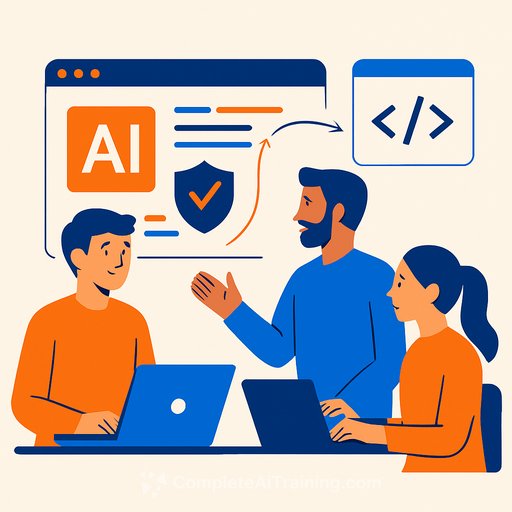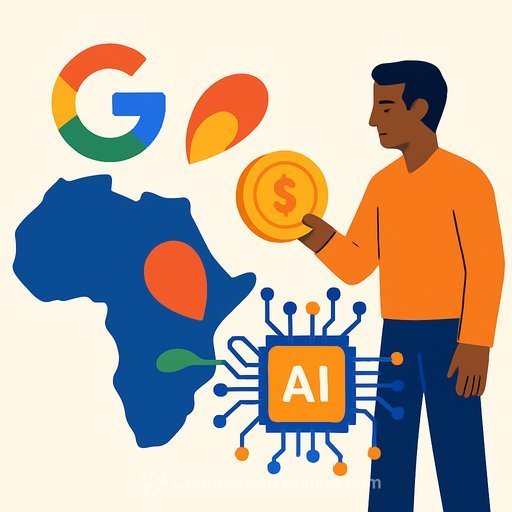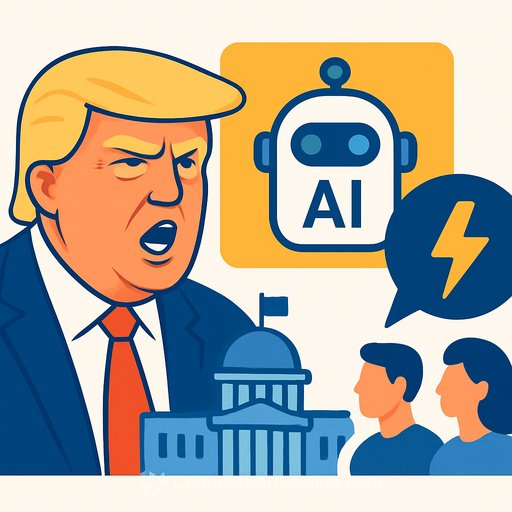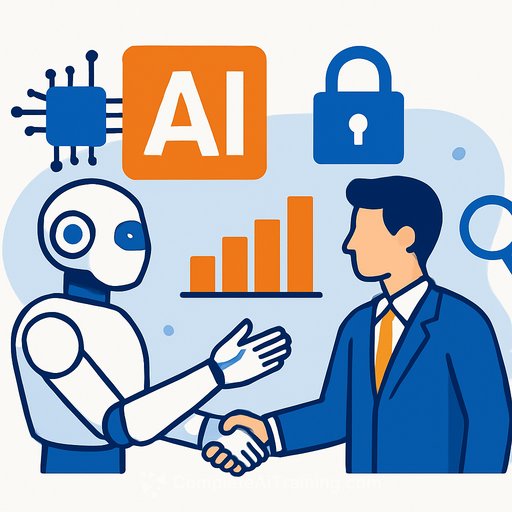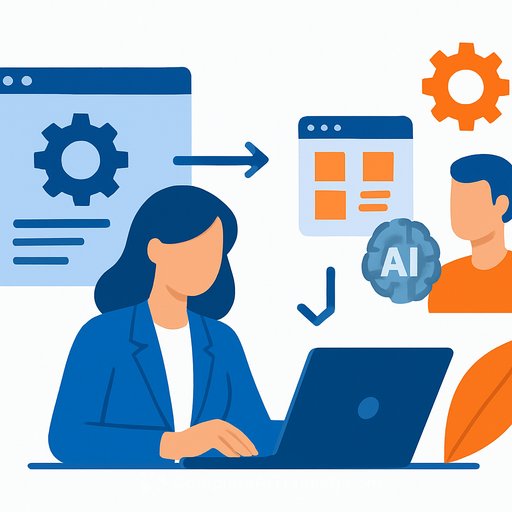Leapter: Transforming AI-Assisted Software Development
Leapter, a German pre-seed startup, builds its AI-assisted software development platform using Amazon Web Services (AWS). The platform combines several AWS services: Amazon Bedrock to access foundation AI models, Amazon Elastic Container Service (Amazon ECS) with AWS Fargate for scalable container execution, and Amazon Aurora as a highly available database. This setup allows Leapter to concentrate on innovation without managing infrastructure.
The scalability and reliability of AWS ensure the platform remains highly available and performs well. For customers, this means real-time processing of complex logic visualizations without delays, supported by AWS's dependable infrastructure. This foundation gives businesses confidence that their development processes are stable and secure.
The "Glass Box Problem"
AI assistants can generate code, summarize documents, create images, and analyze data. However, software developers face a key challenge: ensuring AI-generated code is accurate and secure. Leapter tackles this by visualizing AI-generated code, making it transparent and comprehensible—turning the traditional AI "black box" into a "glass box."
Recently, Leapter closed a 2 million euro pre-seed funding round, led by bm-t beteiligungsmanagement thüringen GmbH with SIVentures participating. Their AWS-based platform helps developers and stakeholders see how AI code works, reducing guesswork and increasing trust.
The Trust Problem with AI Systems
Errors in AI-generated code can have serious impacts, especially in business-critical applications. Oliver Welte, Leapter’s co-founder, explains that AI often functions like a black box: developers see inputs and outputs but not the reasoning behind generated code. This lack of transparency makes it hard to trust AI’s results, particularly when AI "hallucinates"—producing plausible but incorrect code.
Consider an insurance company using AI to code premium calculations. A small logic error—treating "years > 5" instead of "years ≥ 5"—could exclude many eligible customers from discounts. The real challenge is that humans struggle to find such subtle errors in AI-generated code. That’s why it’s essential for developers and domain experts to easily understand and validate AI-generated business logic, ensuring applications behave correctly and safely.
How Lack of Transparency Slows Innovation
Teams increasingly use AI to speed up app development. But if they don't understand what AI-generated code does, they hesitate to use it in production. Robert Werner, Leapter’s co-founder, compares this to having a brilliant but secretive colleague whose work requires extensive review before use.
This trust gap affects entire organizations. Product managers spend excessive time verifying AI-generated code, which ties up resources and slows development. In regulated sectors like healthcare or finance, this lack of clarity can halt AI adoption altogether. Werner points out that without transparency, teams may spend more time reviewing AI code than writing it themselves.
Solutions for More Transparency in AI Usage
Leapter’s platform doesn’t just output raw code. It creates visualizations called "executable models"—workflows that display how data moves, where decisions happen, and how components interact.
- Developers quickly grasp AI-generated logic without reverse engineering.
- Business teams verify system behavior without needing technical skills.
- Organizations maintain governance and compliance through transparent AI systems.
For example, a team building an AI-driven recommendation system can see exactly how user preferences and product data lead to recommendations. If results seem off, they can trace the logic path and correct errors faster.
AWS also supports AI transparency with tools like Amazon Bedrock Guardrails, which detect up to 88% of harmful content and filter over 75% of hallucinations in AI outputs. Its Automated Reasoning feature uses mathematical methods to prevent factual errors and verify answers’ correctness. Combining these tools helps companies build AI applications that are understandable and trustworthy.
European Innovation and Digital Sovereignty in the AI Era
Europe is becoming a hub for trustworthy AI innovation. Werner notes that building on AWS was logical for Leapter due to its performance and commitment to European digital sovereignty. This approach aligns with Leapter’s goal of making AI-supported code development transparent and traceable while adhering to European standards.
Leapter’s customers benefit from high-performance cloud infrastructure while retaining full control and transparency over AI-assisted development processes.
Faster Development with Maintained Trustworthiness
Early adopters of Leapter’s platform report key advantages:
- Up to 60% less time spent verifying AI-generated code.
- Improved collaboration between business and technical teams through shared visual models.
- Accelerated time-to-market by streamlining AI verification.
Werner sums it up: "The best technology is invisible to users but completely transparent to developers." Leapter’s goal is to make AI a reliable, understandable partner in software development.
The Future of Human-AI Collaboration
As AI integrates deeper into workflows, transparency becomes essential. Welte believes the future belongs to teams where humans and AI collaborate—AI handling drafts and repetitive tasks, humans contributing judgment, creativity, and ethics.
Trust depends on transparency. Tools like Leapter’s platform provide insight into AI-generated code, enabling companies to deliver AI-powered applications that meet real needs while maintaining human control.
Leapter is currently in private beta with initial design partners. For more information about their visual-first development platform, visit www.Leapter.com.
Your membership also unlocks:

